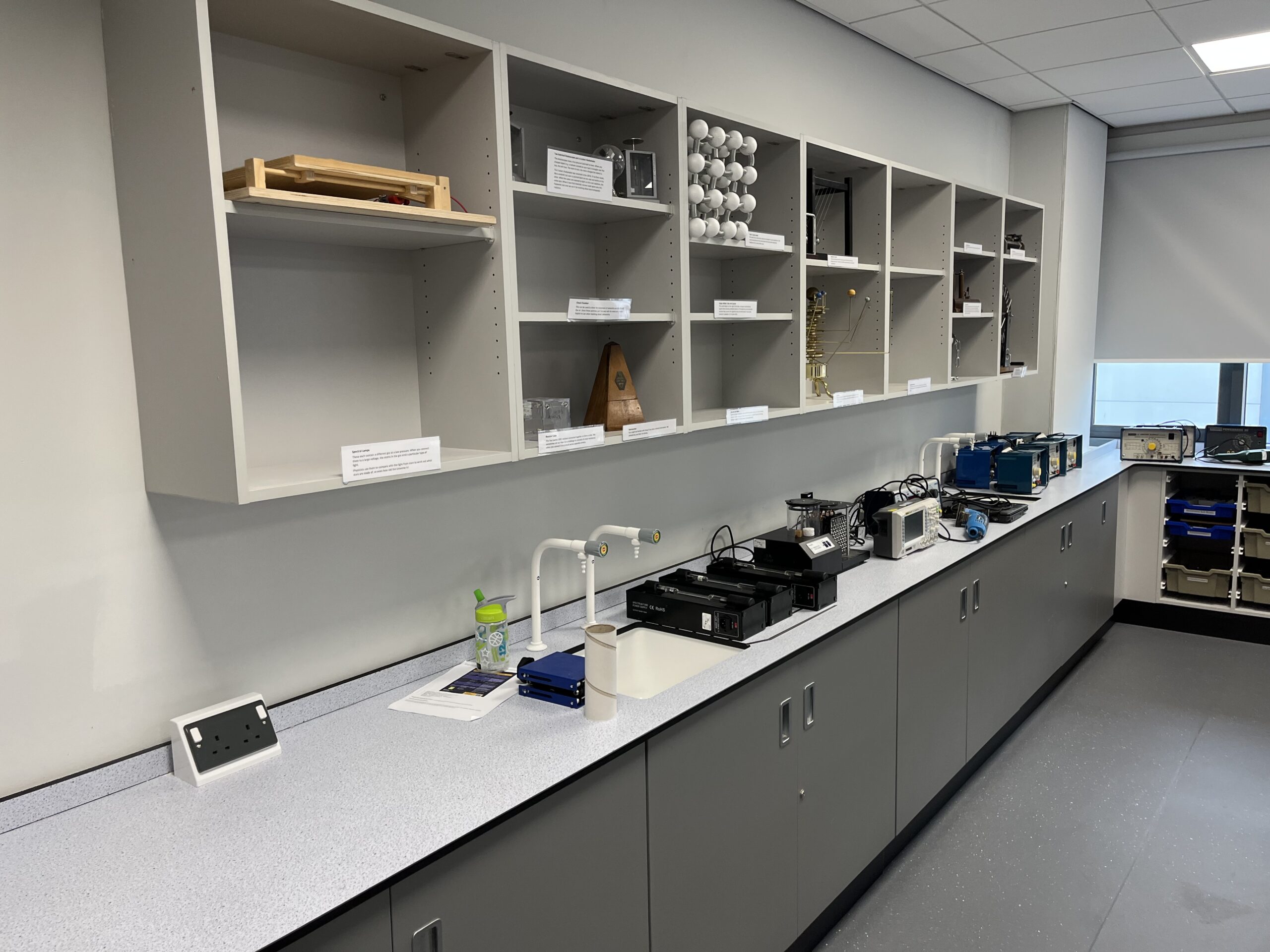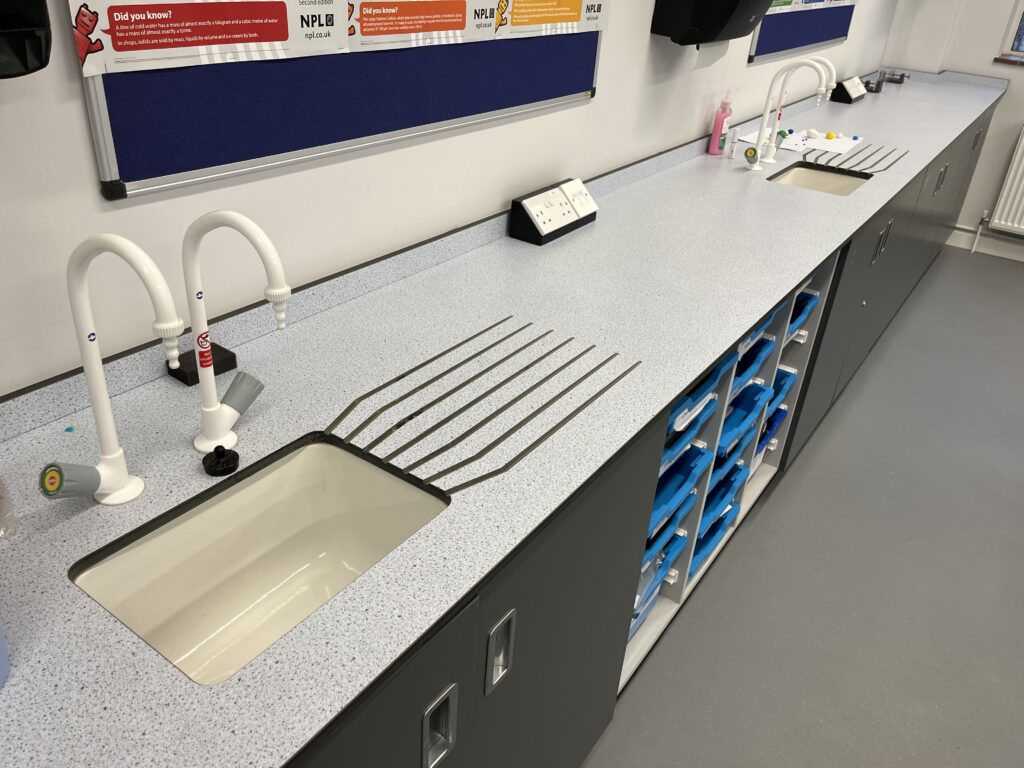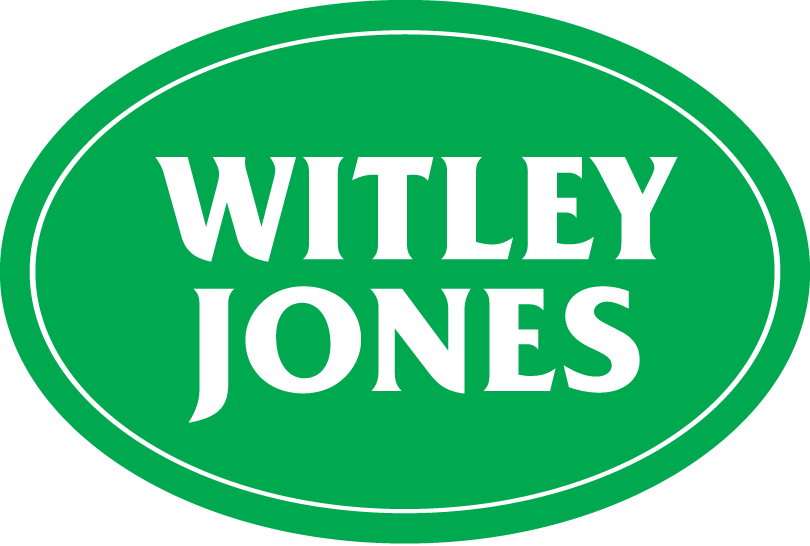What Materials are best for School Science Laboratory Worktops and Benches?

Selecting the right materials for school science laboratory worktops and benches is crucial, as they serve as the foundation for delivering a learning experience in a practical sense.
When designing a school laboratory, we only advise schools to select worktops that are resistant to chemicals, moisture, and heat; making it ideal for withstanding spills and experiments. Benches must be durable and easy to clean, reducing the risk of cross-contamination and prolonging the lifespan of the furniture itself.
Selecting materials that are resistant to physical damage also helps to ensure the longevity of the furniture and overall science laboratory, reducing the need to replace pieces regularly and to provide greater value for money.
Science Laboratory Worktops
Trespa worktops, made from high-pressure compact laminate, are the most popular in school science laboratories. They offer exceptional resistance to chemicals, scratches, and impact. Trespa is known for its long lifespan and ease of maintenance, making it a durable and cost-effective choice.
Velstone or other solid surface acrylic polymer worktops are popular too, albeit at greater expense compared to Trespa. Much like Trespa in terms of heat and chemical resistance, Velstone gives the added benefit of seamless joints and the ability to polish out slight scratching to maintain its appearance for a longer period.
Solid Iroko hardwood worktops are another option, which offer a more traditional laboratory appearance. Sourced sustainably, and kiln dried, Iroko worktops can be oiled or sprayed with clear formaldehyde-free lacquer. There is a degree of maintenance to be considered with hardwood worktops to prolong the lifespan, but if the traditional feel of the laboratory is important then Iroko is a great option.

A budget-option would be postformed laminate worktops, similar to those more traditionally used in a kitchen environment. High-pressure laminate is bonded onto furniture-grade particle board with the front edge postformed.
Worktops and benches can be customised to fit the specific needs of the laboratory. This includes adding cutouts for sinks, draining grooves, upstands, finger-safe edges, gas fixtures, and electrical outlets.
During the design stage, pay careful consideration to the chemicals you wish to use in the laboratory so the correct worktop and benches can be selected. We can also help you consider safety regulations and guidelines, including those for chemical resistance and ergonomic height.
Light Reflectance Value
Another factor when specifying a science laboratory is the Light Reflectance Value (LRV) which measures the amount of light that is absorbed or reflected from a surface. This is highly important in a school science laboratory as LRV is linked to the stimulation of pupils, especially in a classroom that needs to be well-lit. LRV is normally incorporated into the overall planning of a laboratory by an architect to ensure cross-trade collaboration; and to specify the quantity and positioning of lighting and decoration, as well as the finishes you may select for your furniture.
Stay up to date with furniture design trends
Subscribe to our newsletter and follow us on Twitter or LinkedIn.
